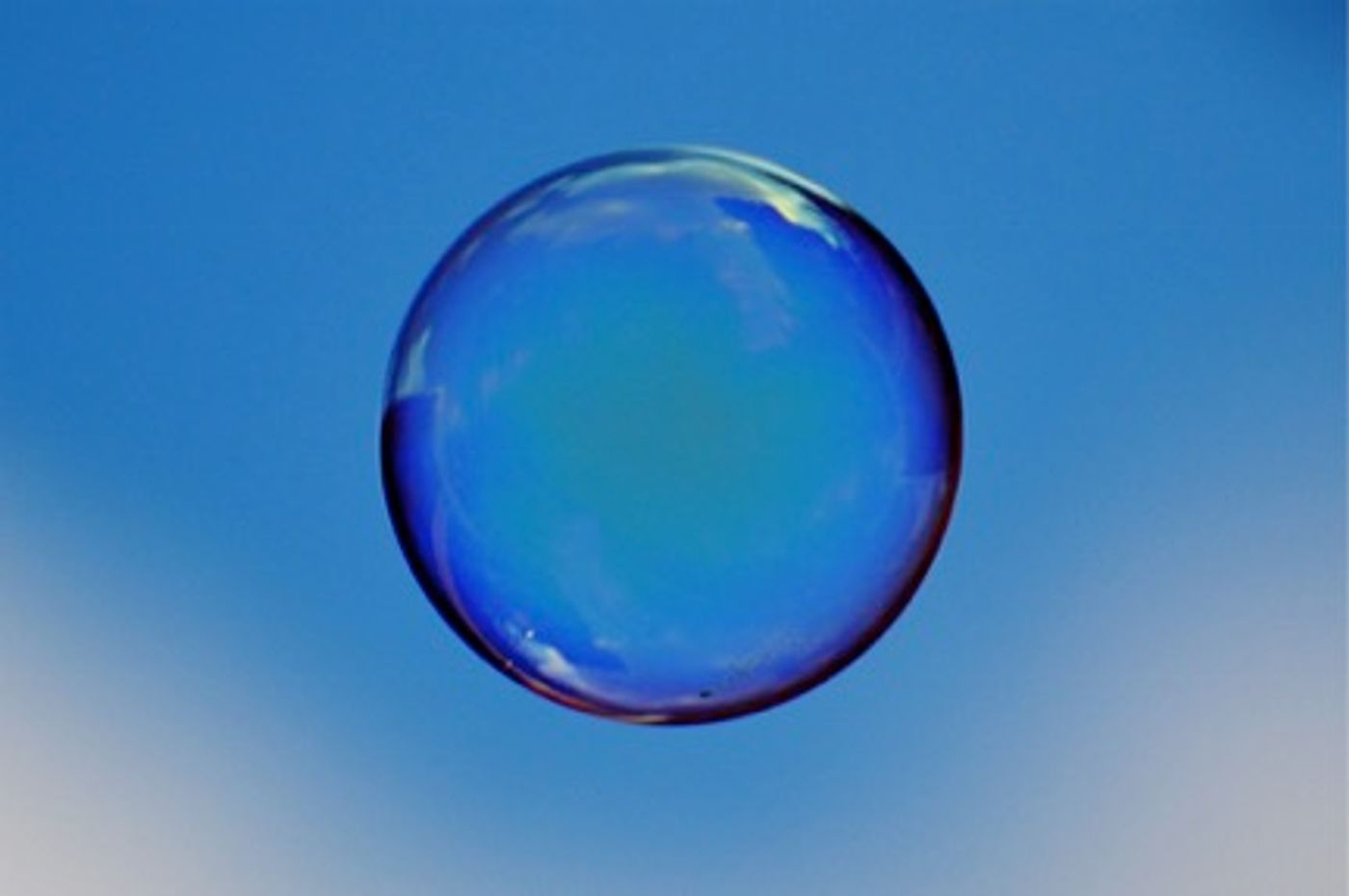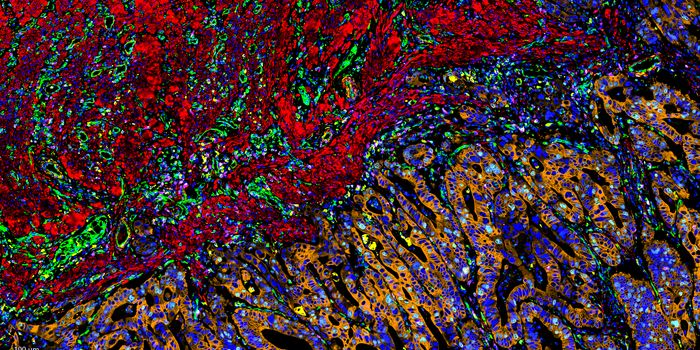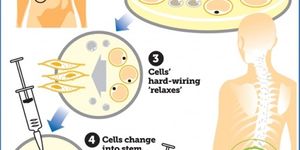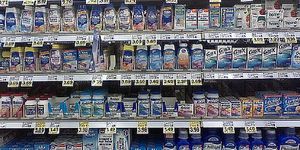Using a gelatin-based hydrogel mix, scientists from Queensland University of Technology (QUT) can
model a cancer microenvironment in a small gel bubble. These tiny ‘gems’ can be infused with different tumor cells to model patient-specific tumors. Moreover, this tumor microcosm can be the testing ground for anticancer drugs, which could enable personalized therapy and cut down the time a selected treatment takes effect in the patient.
Key to this technique is the process of making the hydrogel bubbles. "Hydrogel is a biomaterial used by thousands of researchers around the globe; gelatine is based on collagen, one of the most common tissues in the human body. We have modified the gelatine to engineer 3D tumour microenvironments," said Dietmar Hutmacher, Professor at QUT and senior study author.
Though the substance is not new, the team found innovative ways to manufacture the hydrogel on a large scale while keeping costs low. To the hopeful researchers, this means widespread use of such system to model cancer in reproducible and meaningful ways. "It is highly reproducible which means we have been able to produce this hydrogel hundreds of times, not just once or twice in the lab, so researchers worldwide will be able to create it," said Hutmacher. The hydrogel can also be modified to replicate the density of different tissues, including firm cartilage or soft breast tissues.
Once infused with patient-derived tumor cells, the hydrogel bubble becomes a live, 3-dimensional model of cancer growth. Unlike mouse ‘avatars’ or other animal model of cancer, the hydrogel model is cheaper and faster to produce. As such, the team proposes that more anticancer therapies can be tested on these 3D constructs, which will better inform clinicians on the treatments for their patients.
"Instead of the sometimes hit and miss chemotherapy that affects every cell in the body this will allow us to test different anti-cancer drugs and different combinations of them all at once so that we can pinpoint an individualized treatment that will hit only the cancer cells,” said Hutmacher.
He estimates that the hydrogel model will “cut the process of finding a personalized treatment for each patient down to a week or two." Optimistic as he may be, they have yet to report on results from animal studies, which are needed to confirm the utility of their proposed constructs.
Additional source:
QUT press release









